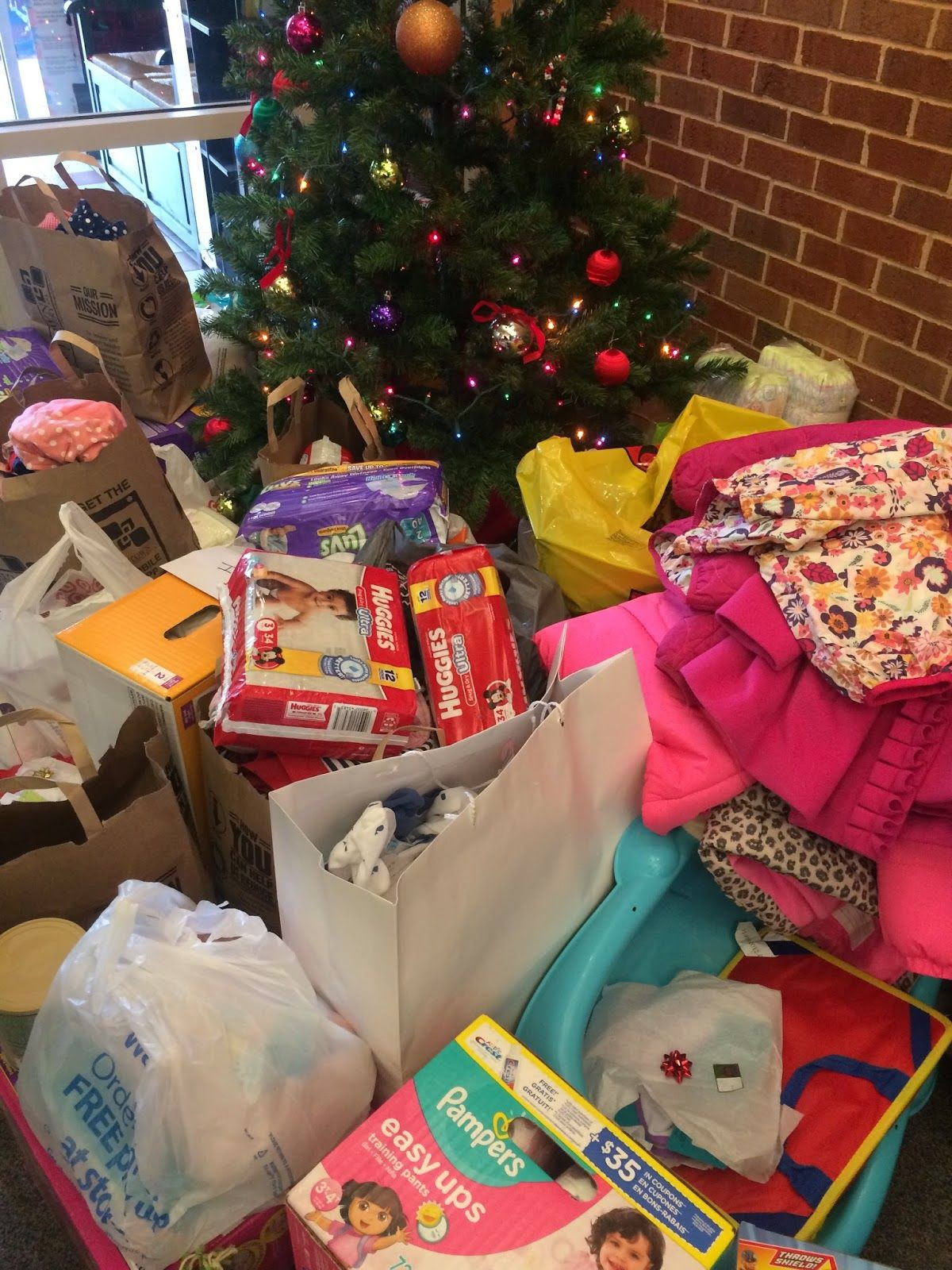| Santa Sammy by YAC Social Media Coordinator Hannah Hameed'19 |
Hope for the Holidays: Infant Crisis Services
Casady Volunteers
Katherine Schoeffler, junior
Fourth Graders
 This year's drive for infant items will kick off Dec. 1 and continue through Dec. 12 in Lower Division and Dec. 13 in Primary Division. Please help us spread holiday cheer to children in need.
This year's drive for infant items will kick off Dec. 1 and continue through Dec. 12 in Lower Division and Dec. 13 in Primary Division. Please help us spread holiday cheer to children in need. Donations are welcome from anyone in the Casady Community and can be dropped off in the mornings during carpool to be placed under the Christmas trees by the front offices at the Lower Division and Primary Division and at the Gaylord Student Center in the Upper Division:
- Diapers
- New or gently used toys
- Baby bottles, sippy cups
- Gently used children’s clothing (sizes preemie-4T)
- Blankets
- Winter coats
- Monetary donation
The Upper Division YAC will be collecting donations the week of December 11th-15th to help the 4th graders make a difference in the lives of infants and toddlers in need in Oklahoma.
Infant Crisis Services provides life-sustaining formula, food and diapers to babies and toddlers in times of crisis…Because no baby should go hungry.
Please contact, YAC Vice-President, Katherine at katherineschoeffler@casady.org or any of the fourth graders for more details.
Blood Drive to Benefit Oklahoma Blood Institute
YAC Blood Drive 2017 Project ChairsClaire Richardson, junior
Christopher Goodall, senior
Ellison Guzzy, junior
 Dear Families,
Dear Families,
On Wednesday, Dec. 13, the Casady Upper Division YAC (Youth Active in the Community) is hosting our annual Blood Drive! While we encourage each other who are 16 and older to donate, this drive is not limited to just students. You are invited to DONATE, too.
We learned several things from the Oklahoma Blood Institute:
- The Oklahoma Blood Institute is the sole provider of blood in Oklahoma.
- They need 1200 units of blood each day to meet the demand.
- Each unit donated benefits 3 people - from infants to geriatrics.
- There is no artificial substitute for blood; it must come from us.
We know that we have several Casady families whose lives have been changed for the better because of the gift of blood. We hope that you will be able to join us on Wednesday, Dec. 13 in the Casady Wing, from 7:30 a.m. to 12:30 p.m.
The Sign-up Sheet to reserve your spot and Blood Institute Permissions Slips are available at the UD Administration Office.
- Bring completed permission slip and a picture ID to the Wing.
- Eat a good breakfast and hydrate before you donate!
- The gift of life is the perfect gift to give!
Gratefully,
Malavika Rajaram, sophomore
YAC Secretary
Malavika Rajaram, sophomore
YAC Secretary
Please Note: Parents and those over 16 may sign up to donate blood, but walk-ins are welcome. Requirements include those 16 or 17 must weigh at least 125 lbs, and those over 18 must weigh at least 110 lbs. Permission slips for all students and ID's for all donors are required. Please join the Casady Community for a successful blood drive to support the Oklahoma Blood Institute.
 This
This  A couple of months ago, I featured a work by Clara Wieck Schumann, wife of the famous composer Robert Schumann. Today I’m turning to the sister of Felix Mendelssohn, Fanny Mendelssohn Hensel (1805-1847). Like Clara, Fanny’s musical aptitude was recognized early.
A couple of months ago, I featured a work by Clara Wieck Schumann, wife of the famous composer Robert Schumann. Today I’m turning to the sister of Felix Mendelssohn, Fanny Mendelssohn Hensel (1805-1847). Like Clara, Fanny’s musical aptitude was recognized early.







